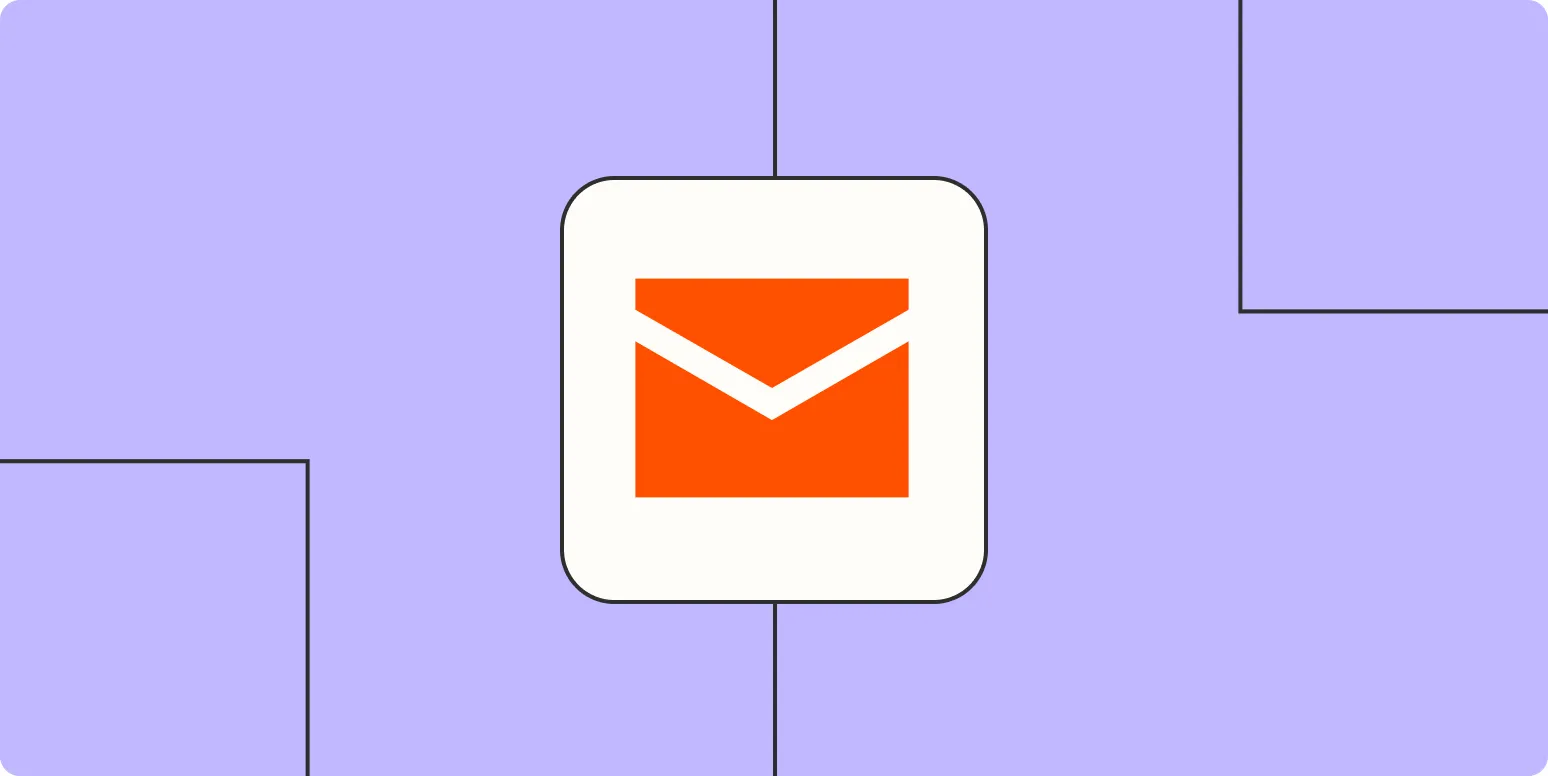Effective B2B email communication is vital for building relationships and driving conversions. However, many brands struggle to craft messages that resonate with their audience. After studying over 100 brands, I discovered common pitfalls that can hinder the effectiveness of B2B emails. Below, I outline what not to do when writing B2B emails.
1. Ignoring Personalization
Personalization is key in B2B communications. Generic greetings and messages can make recipients feel undervalued. Brands that fail to personalize their emails often see lower open and response rates. Here’s a comparison of personalized versus non-personalized emails:
| Type of Email | Open Rate | Response Rate |
|---|---|---|
| Personalized | 28% | 12% |
| Non-Personalized | 15% | 5% |
To avoid this mistake, ensure that you address the recipient by name and tailor your message to their specific needs and pain points.
2. Using Jargon and Complex Language
Overly complex language and industry jargon can alienate your audience. While it's important to convey expertise, clarity should be your priority. Emails filled with technical terms may confuse recipients and lead to disengagement. A straightforward approach will often yield better results.
3. Failing to Provide Value
Every email should offer something of value to the recipient. Brands that focus solely on their products or services without considering the recipient's needs often miss the mark. Here’s how to ensure your emails are valuable:
- Include relevant industry insights.
- Share helpful resources or case studies.
- Offer solutions to common pain points.
Emails that provide actionable insights are more likely to engage and convert recipients.
4. Neglecting an Engaging Subject Line
The subject line is the first impression of your email. A dull or irrelevant subject line can lead to low open rates. Brands that invest time in crafting engaging subject lines see significantly higher engagement. Here are some tips:
- Keep it short and to the point.
- Use action-oriented language.
- Incorporate numbers or questions to pique interest.
5. Overloading with Information
While it’s important to convey your message, overloading your email with too much information can overwhelm recipients. Focus on the key points and avoid lengthy paragraphs. A clean, concise layout is more appealing. Consider using bullet points or short paragraphs to enhance readability.
6. Ignoring the Call to Action (CTA)
Every B2B email should have a clear call to action. Failing to include a CTA can result in missed opportunities. Brands that clearly articulate what they want the recipient to do often see higher conversion rates. Here’s a breakdown of effective CTAs:
| Type of CTA | Conversion Rate |
|---|---|
| Learn More | 10% |
| Schedule a Demo | 15% |
| Download a Resource | 20% |
Make sure your CTA stands out and clearly conveys the next step you want the recipient to take.
7. Not Segmenting Your Audience
Sending the same email to your entire list can lead to disinterest from recipients who may not find the content relevant. Brands that segment their audience based on industry, job title, or previous interactions tend to achieve better results. This targeted approach allows for more tailored messaging, increasing the likelihood of engagement.
8. Forgetting Follow-Ups
Many brands make the mistake of sending one email and then moving on. Following up is essential in B2B communication. A well-timed follow-up can remind recipients of your offer and encourage engagement. Here’s a simple follow-up schedule:
| Follow-Up Timing | Response Rate |
|---|---|
| 1 Day After | 10% |
| 3 Days After | 15% |
| 1 Week After | 20% |
Timely follow-ups can significantly improve your response rates and show your commitment to the recipient.
Conclusion
By avoiding these common pitfalls, brands can enhance their B2B email communication and drive better results. Remember to personalize your messages, provide value, and engage your audience effectively. Implement these strategies to improve your email campaigns and foster stronger relationships with your clients.





